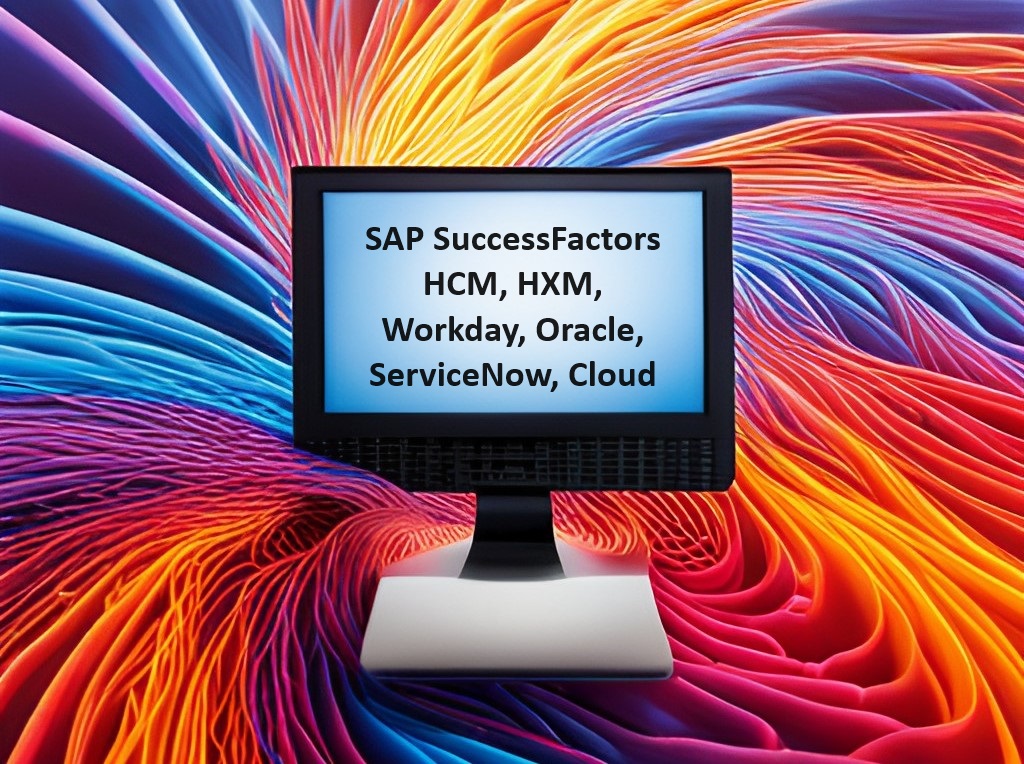After my post on integrating Workday with SAP and ServiceNow I was asked by a tech executive if it made more sense just to replace Workday with the new SAP HXM platform. It depends on your business needs and objectives. Integrating HR software can be tricky. HXM is a relatively new concept that combines human resources, technology, and experience to create a more holistic approach to managing employees.
One key benefit of HXM is its emphasis on employee experience.
It goes beyond managing tasks to consider the overall employee experience, covering career growth, recognition, and work-life balance. In contrast, Workday is a cloud-based HCM software known for HR process management, payroll, talent management, and robust data analytics for informed decision-making.
If your organization values a personalized approach to employee management, replacing Workday with HXM could be a smart move. However, if you’re content with Workday’s features and have a functional system in place, switching may not be necessary. The choice between Workday and HXM should hinge on analyzing your organization’s needs and goals, factoring in costs and potential disruptions.
HXM is an exciting concept with the potential to transform workforce management.
A tech exec deciding between Workday and HXM depends on your situation, but exploring HXM for HR tech evolution is crucial. Stay updated on tech trends for better employee management. With the right tech, resources, and experience, improve HR processes for business success. Workday and HXM are powerful tools for modern HR. A tech executive must prioritize needs and goals to adapt HR strategies in the evolving business landscape. Success of HR systems hinge on alignment with your organization’s culture, values, and vision. Stay open-minded, informed, and focused on improvement for excellence in human capital management.
Also, keep in mind the future of AI as a technology enabler for HR solutions. See this post on integrating AI into software solutions.





